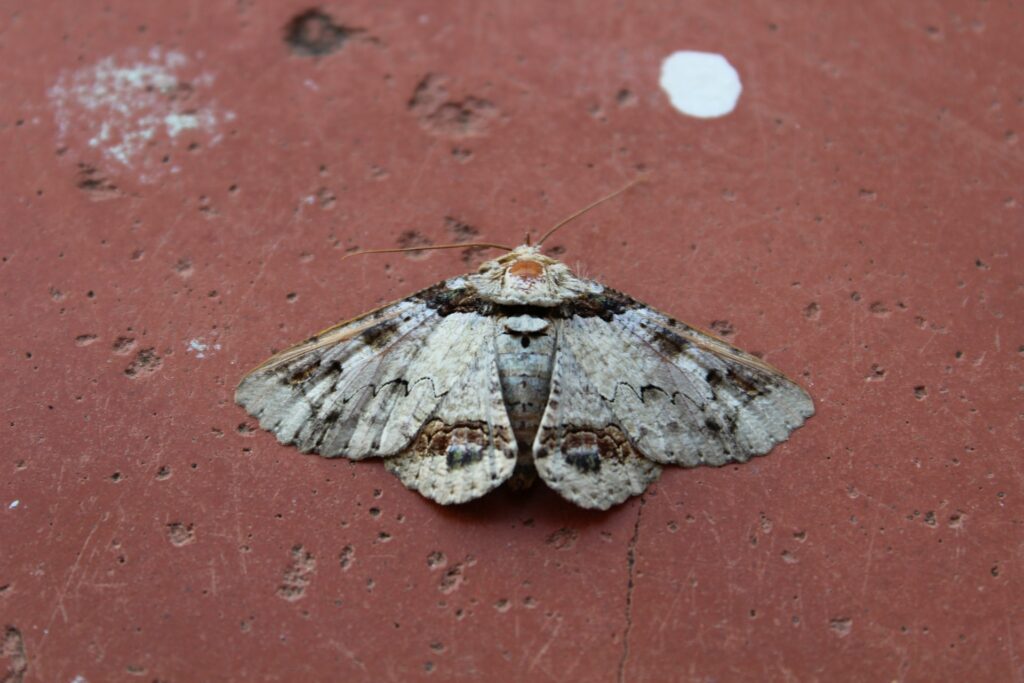It is very common, especially in the hot months, see some moth that sneaks into houses at night, following the light. And it is that this is one of the great plagues that there is in the textile industry, but not the only one. There are quite a few risks in this type of unwanted guests that feed on some fabrics and manufacturing materials of clothing and other products. Today we tell you about the risks of pests in the textile industry and how to prevent them correctly.
The risks of pests in the textile industry and what measures to take
Let's talk about different insects that can attack various materials or fabrics and the different dangers that they can have within the textile industry. And it is that pests are not only found in homes, as we mentioned before, such as termites or woodworm. If not, that there are also insects that feed on different types protein clothing or the tissues. Like the ones we are going to talk about next.
Common fur moth, the worst pest in the textile industry
this insect feeds on natural tissues such as natural fur or wool. Garments made of synthetic fabric will not be attacked by these moths, unless they have oil or food stains, which can attract these insects.
Case holder moth of wardrobes or cabinets
This moth hides in wardrobes, cupboards, shoe racks... and can do sizable holes in different fabrics. It feeds on all kinds of fabrics.
Black and white tapestry moth
It is the largest in terms of physical size of the moths of which we speak. It feeds on thick skins, such as those used in the upholstered of sofas and furniture, nests of some birds or horsehair. They are usually attracted to dark rooms and corners and wet.
museum beetle
This type of beetle is a species that can fly and it feeds, In addition to the nectar of flowers, from foods such as the cotton, hair, natural fur and feathers. They are usually found on floors that are not very hygienic, with humidity, dirt and lint.
carpet beetle
These insects are hairy and can fly too. they feed on cotton and they can do real damage to carpets made of this material. They are attracted to light and are distributed in various parts of the world.

Identify and prevent pests in the textile industry
Whether within the textile industry or in other fields, there are certain clues that we can detect to know that we are facing a plague. If it happens to us at home we can take into account how to get rid of annoying insects in our home, but in the specific case of this industry, these are some of the keys.
Appearance of larvae in dark places
They'll be hard to see, but yes we inspect good because we have suspicions, better to do a good cleaning just in case.
Insect eggs, clustered and hidden
If the larvae were difficult to locate, eggs, much more. For this reason, if we suspect that we have a plague in the textile field, it is better to have the help of industry professionals that they can do an exhaustive exploration and cleaning with specialized biocides.
Droppings or shedding of old skins
If we find any of this, what it will be the easiest to see At first sight, without a doubt we should call a professional to carry out a complete treatment of the establishment before the pest spreads.
Act against pests in the textile industry and prevent the appearance of new pests
In Taxus&Reels We are experts in all types of pests and disinfection of spaces, so if you detect any type of pest in the industry, you can contact us. This way we can go to assess the situationny develop a diagnosis of it, providing the equipment more suitable to end the existing pest.
We will also help you with specific training to prevent future pests that may appear, so that we will lengthen the cleaning and disinfection to the max.
